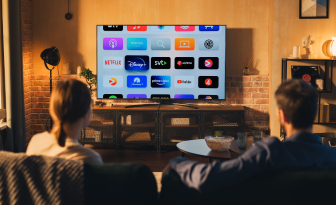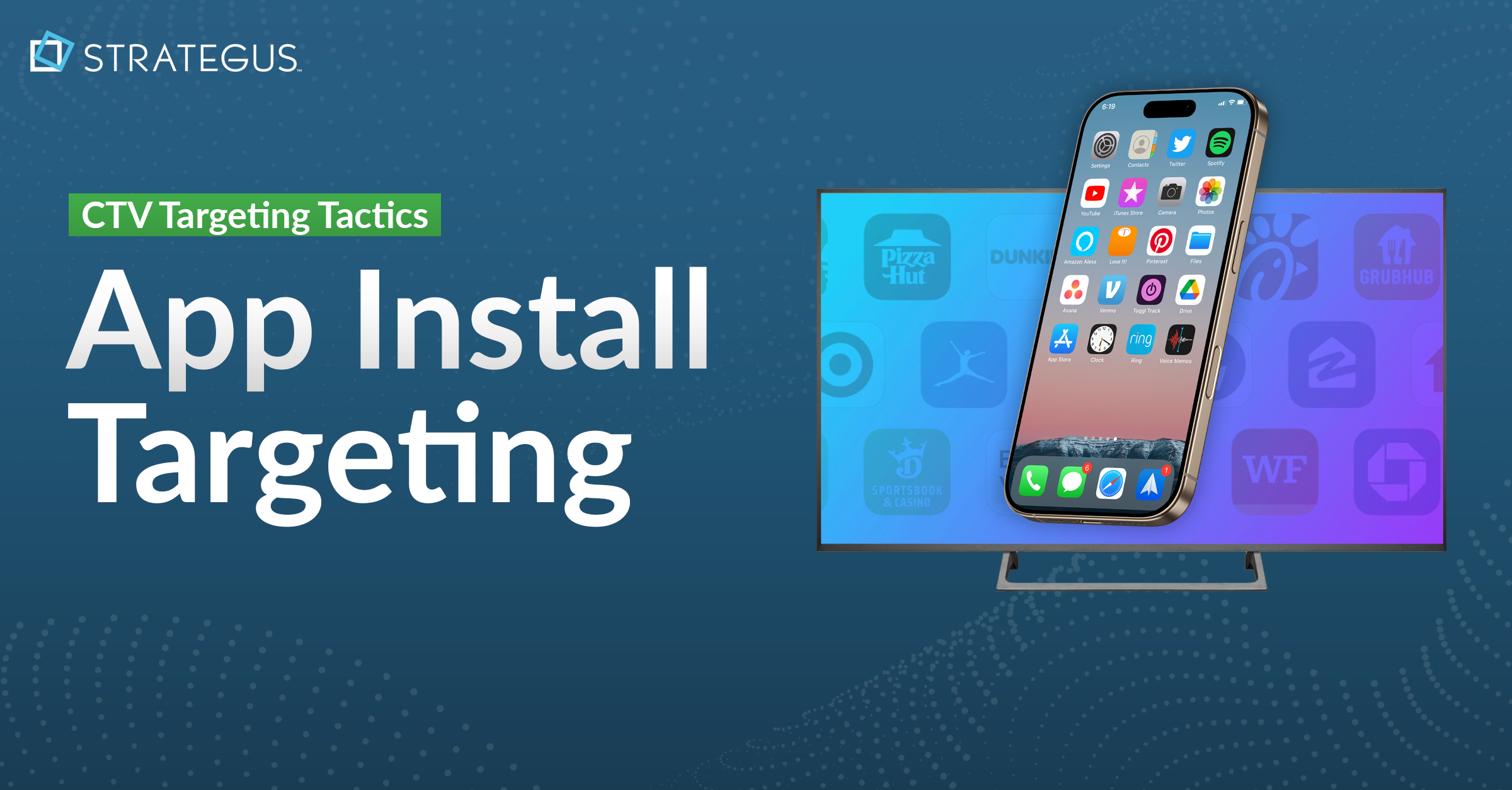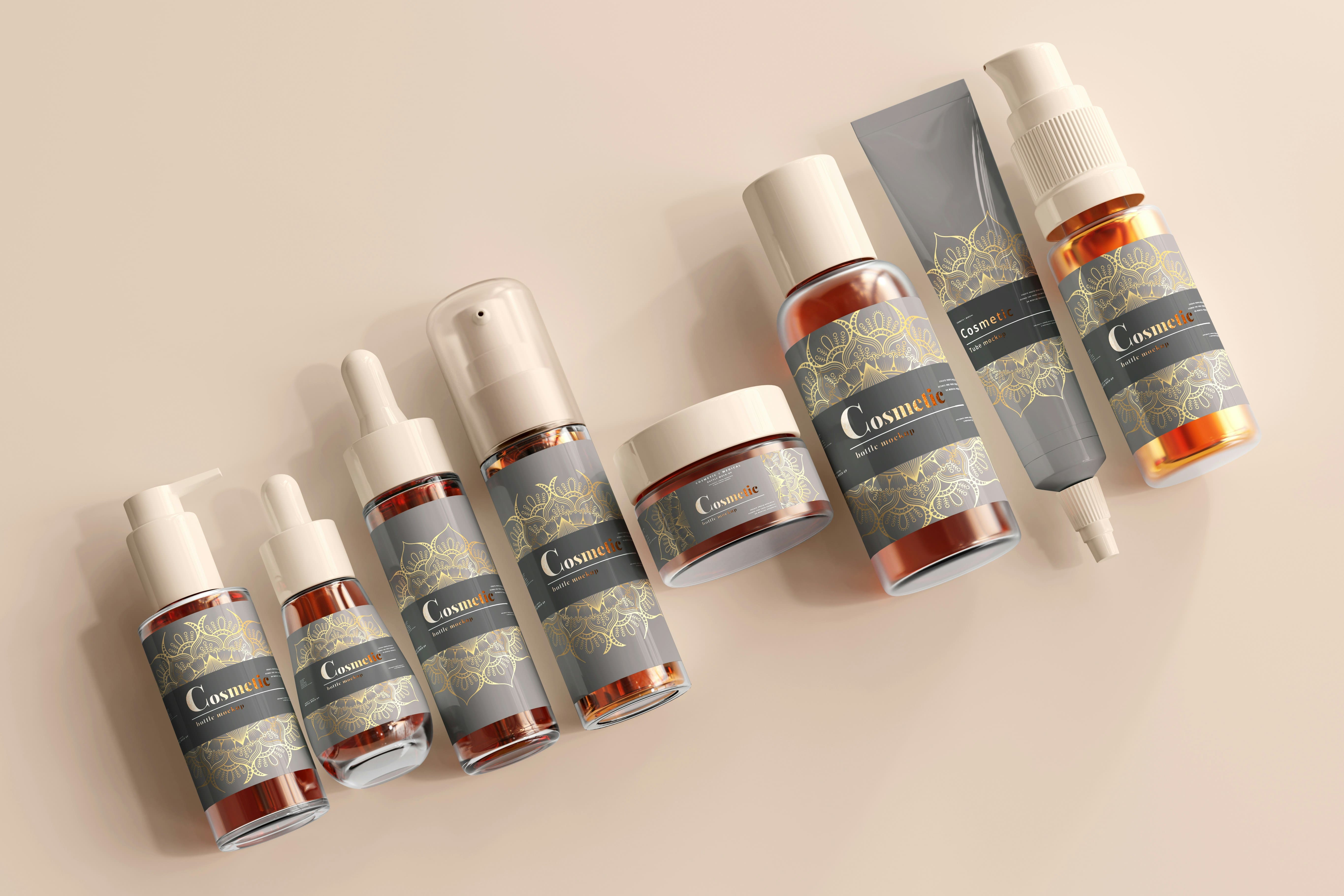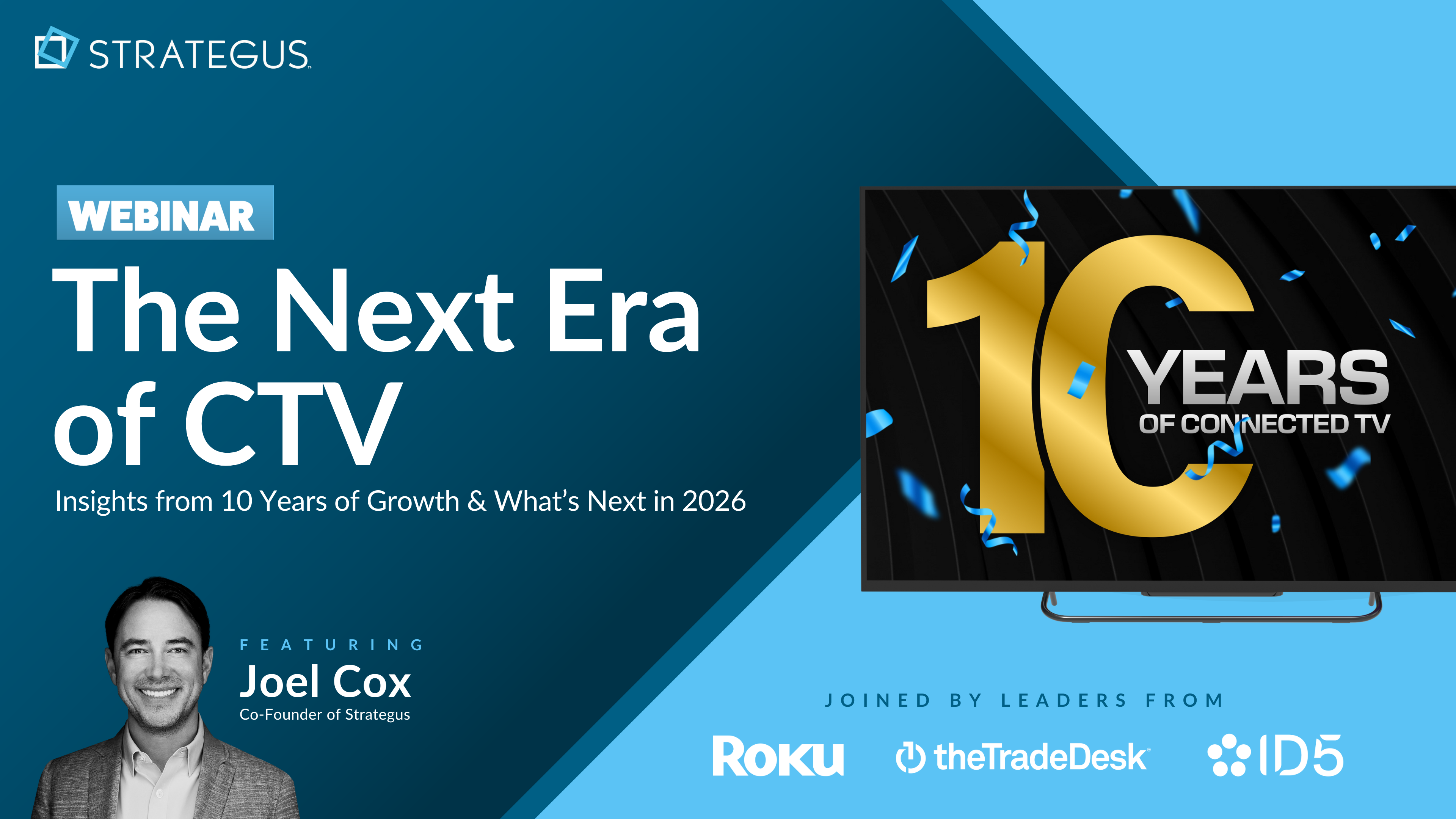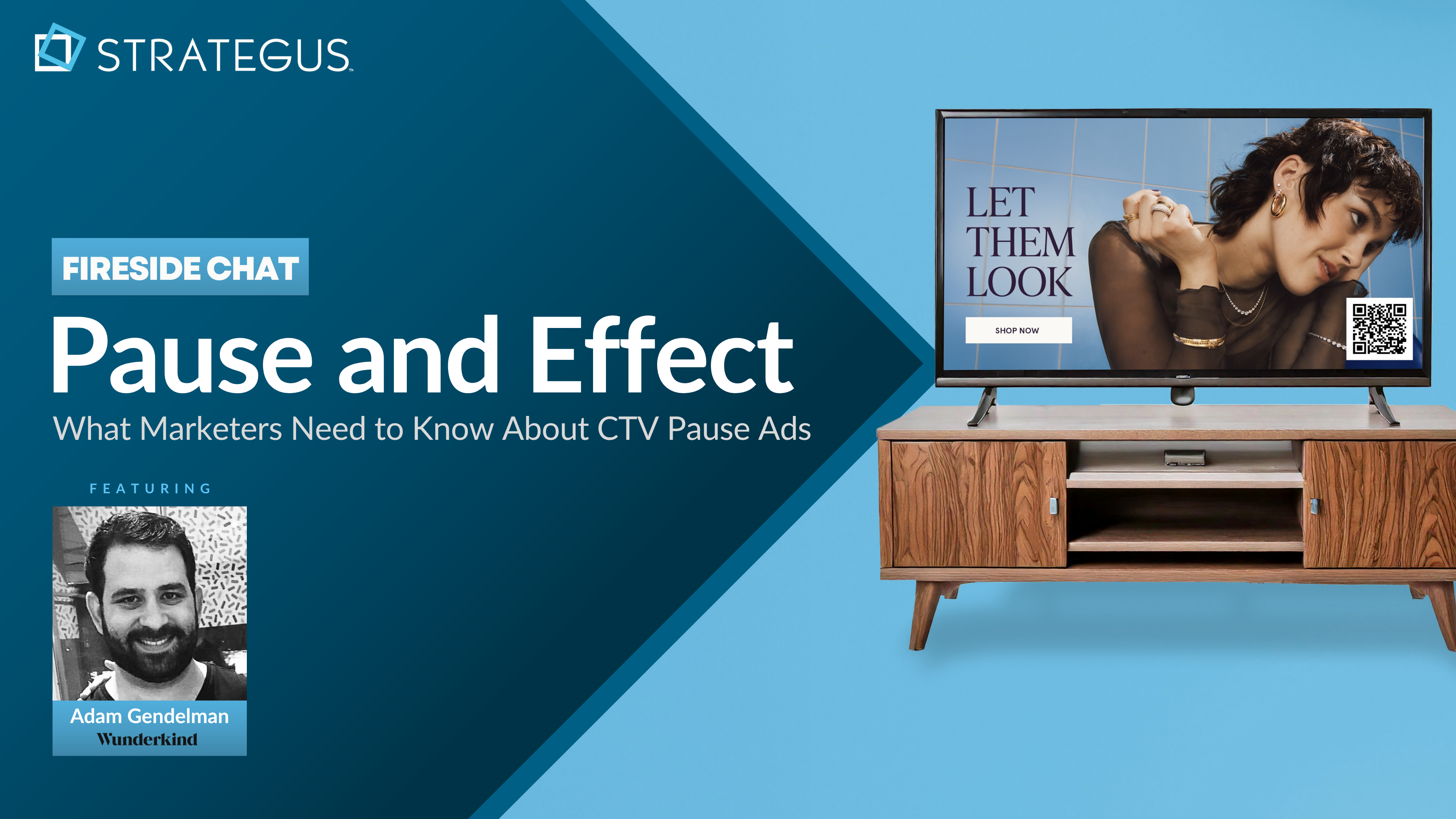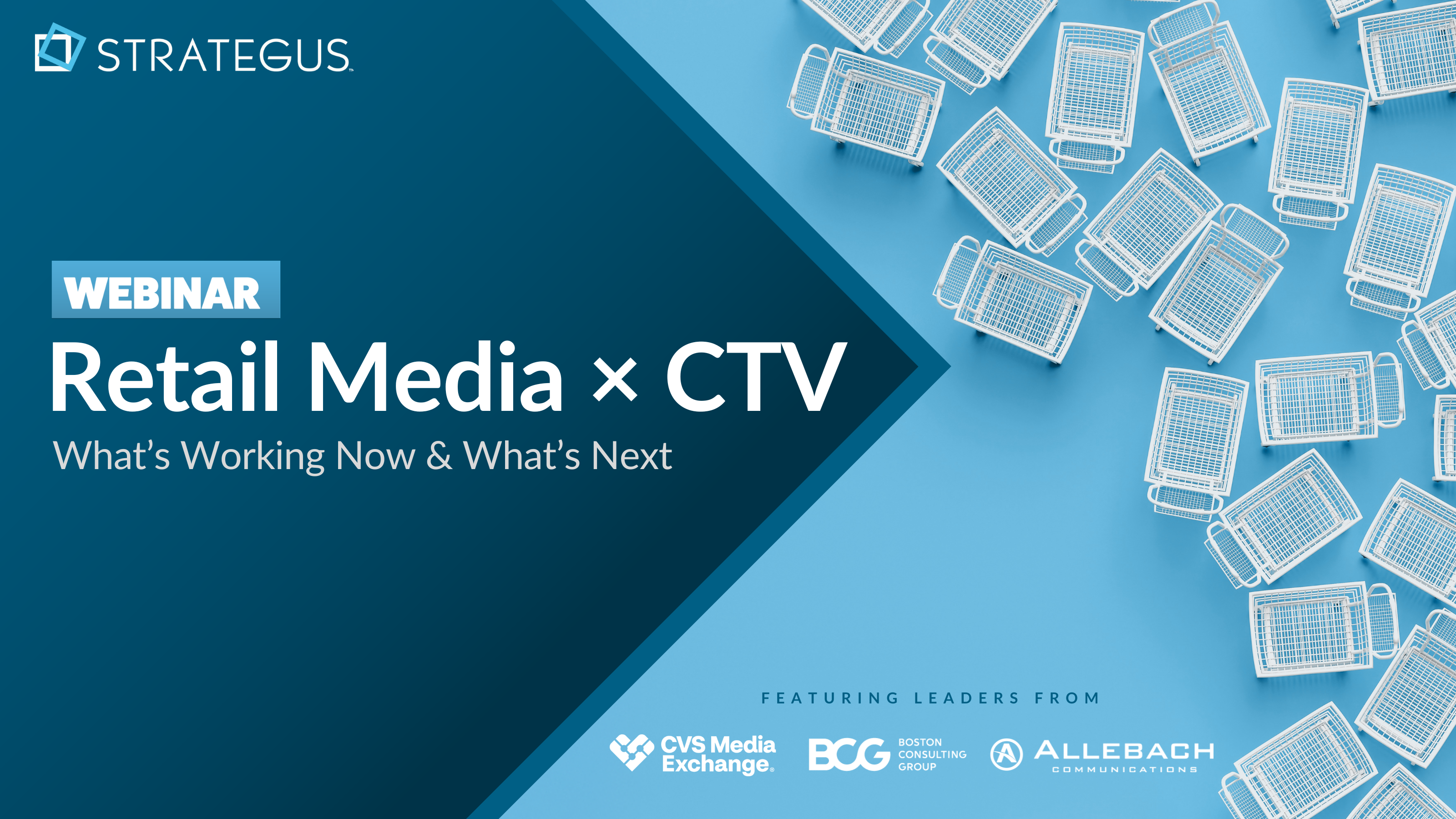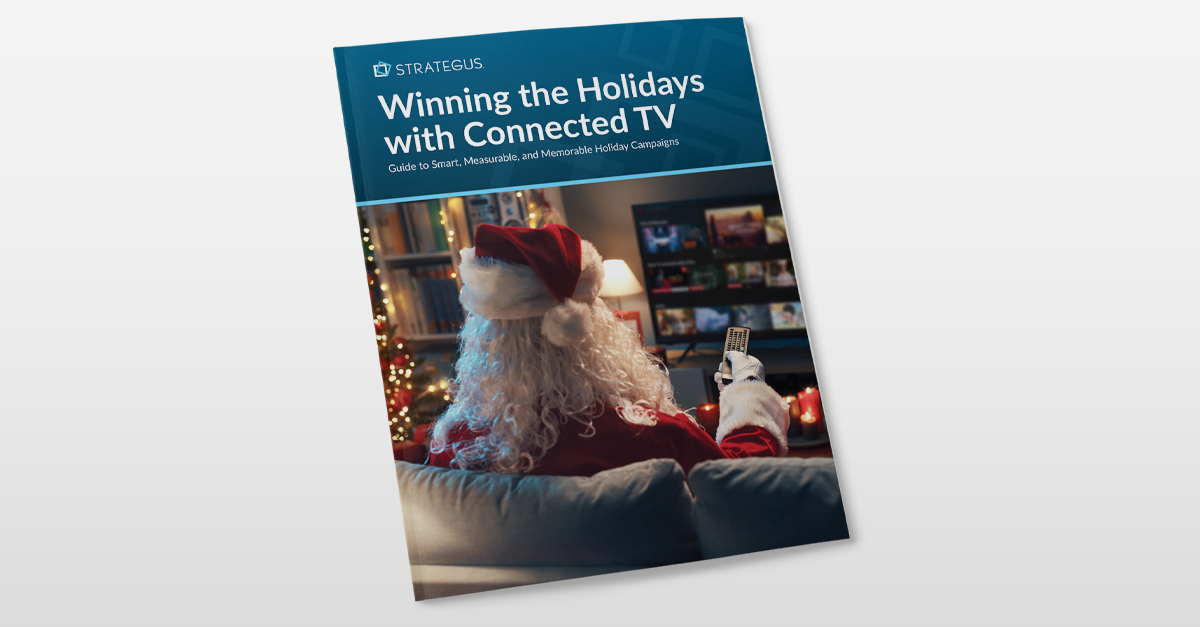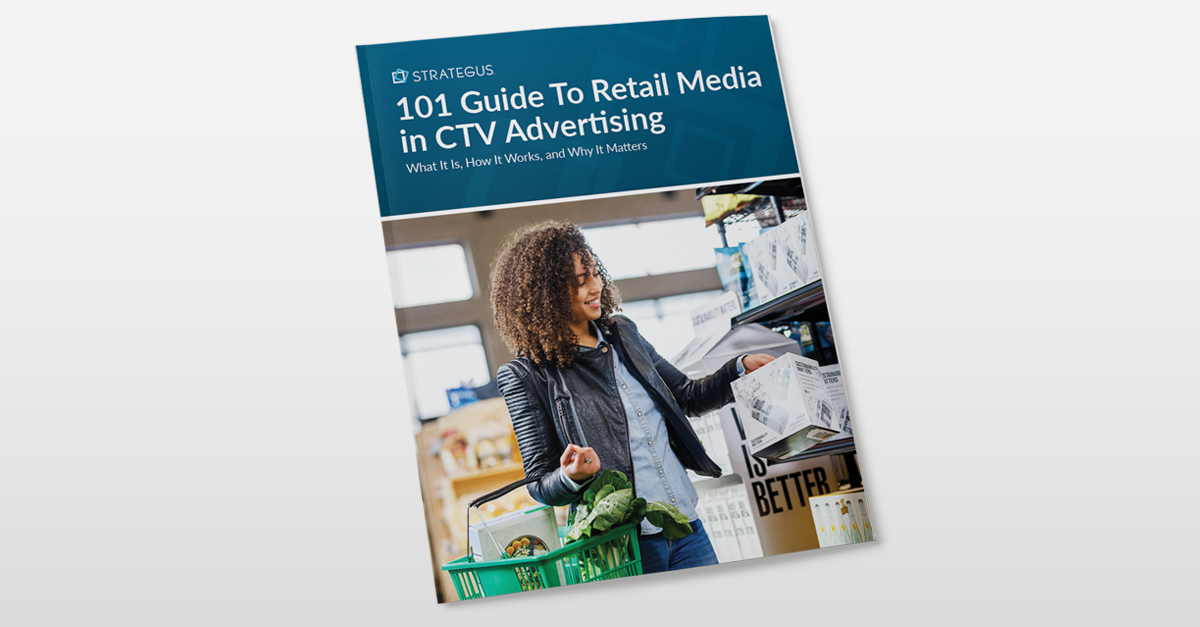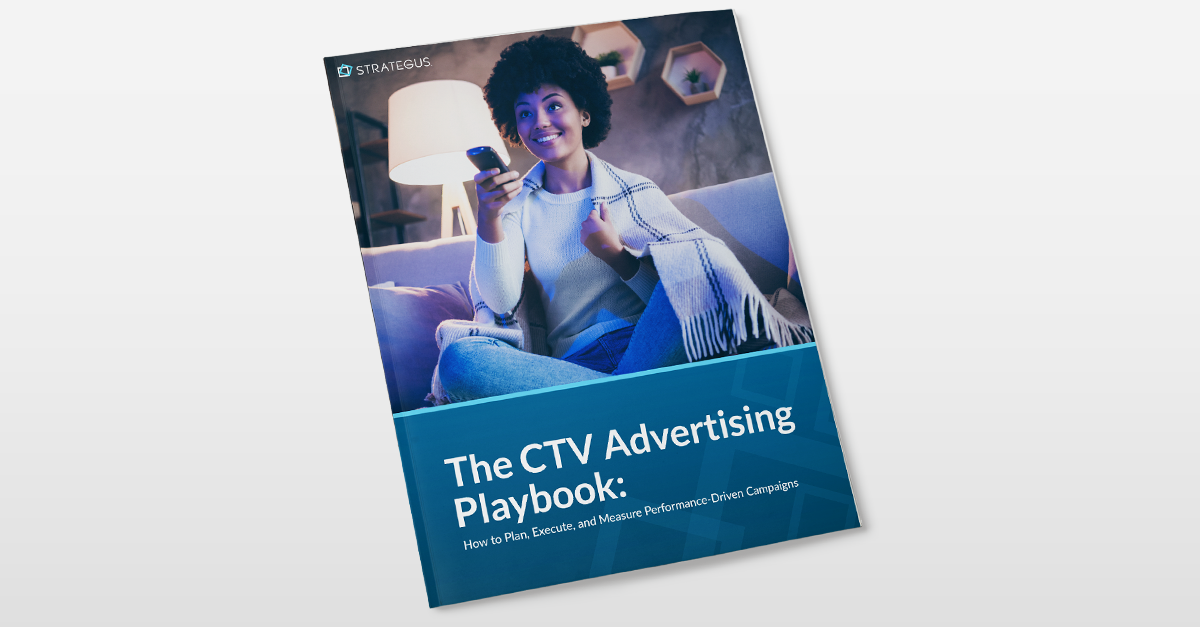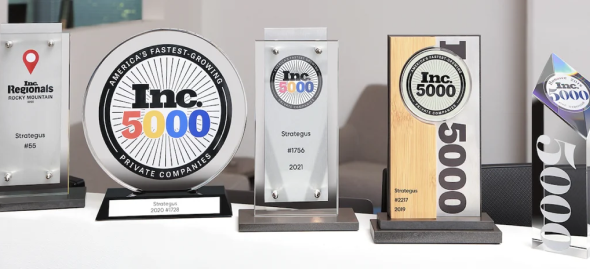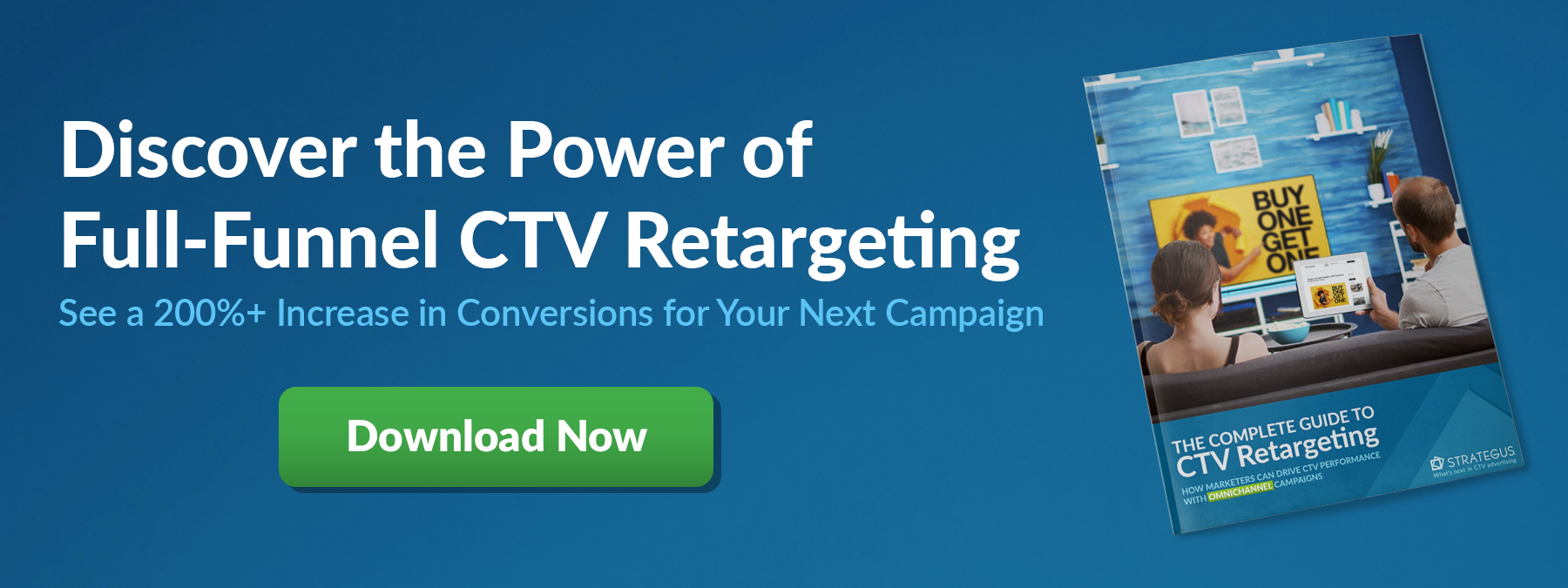- Home
- Strategus Blog
- What is Reach And Frequency in Advertising: When to Use Each
What is Reach And Frequency in Advertising: When to Use Each
 Andy Dixon
Andy Dixon
9 minutes read
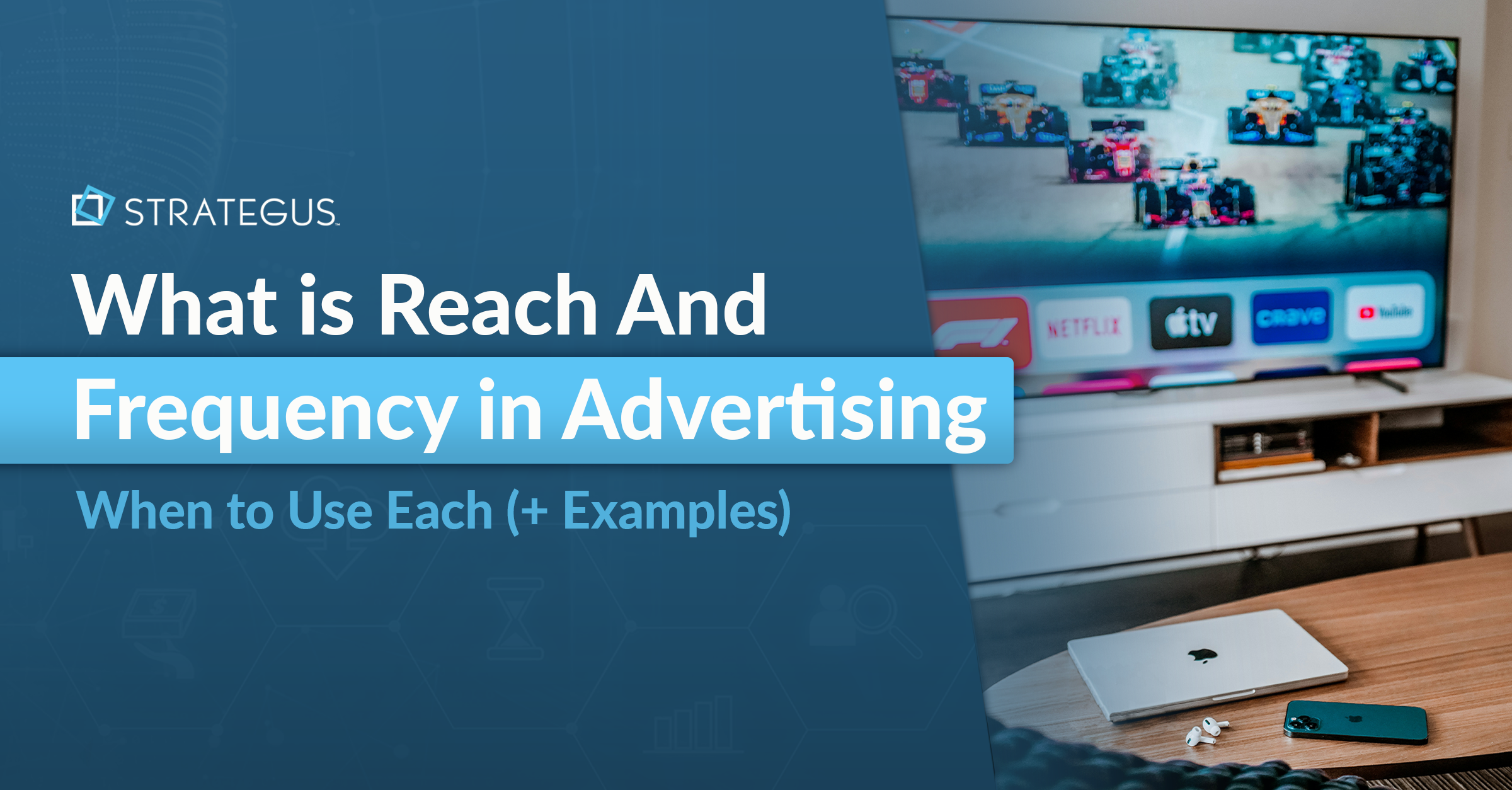
Programmatic ads work best when you balance reach (how many people see your ad) and frequency (how often they see it).
Too little, and you miss buyers. Too much, and you waste spend.
This guide covers when to prioritize reach or frequency and how to optimize both for better results.
What is Reach and Frequency in Advertising?
Reach is the total number of unique viewers who see your ad, while frequency measures how often those viewers see it.
Both reach and frequency have a major impact on the success of media campaigns. This is how they work together:
- Reach tells you the number of people exposed to a specific ad. In connected TV (CTV) campaigns, this equates to how many individual viewers saw an ad play on their streaming TV device.
- Frequency, on the other hand, indicates how many times each viewer encountered that ad. Because it take seven or more exposures to a brand before customers are ready to make a purchase, this is an important factor to make sure your efforts drive conversions.
These metrics matter because finding the right mix of reach and frequency increases return on ad spend (ROAS).
Reach vs Frequency Cheat Sheet
|
Goal |
Prioritize |
Why |
|
Brand awareness |
Reach |
Introduce your brand to new audiences |
|
Retargeting |
Frequency |
Reinforce messages for people already aware of you |
|
Limited budget |
Reach |
Maximize exposure efficiently |
|
Competitive market |
Frequency |
Stay top-of-mind among similar products |
For example, if you spend $5,000 on a CTV campaign, you can either reach 50,000 people once or 10,000 people five times. If you're launching a new brand, go for broader reach. If you're retargeting existing viewers, increasing frequency drives better recall and conversions.
Media buyers also need to reach the right market over the right duration of time to ensure each exposure is high-quality and engaging.
What Does Reach Mean In Marketing?
As explained above, reach is the number of viewers within a set period that are potentially exposed to your ad campaign. For example, a radio ad may have a reach of 80,000 listeners that regularly tune into the program. However, that reach does not guarantee that 80,000 people heard the ad — or were even actively listening to it if they did hear it.
Arranging a reach marketing definition for your campaign ensures that only targeted consumers received the message.
What Is Frequency in Marketing?
Frequency is the number of times an individual consumer is likely to be exposed to an ad during a marketing campaign.
Increasing the frequency of exposure increases both the likelihood that an individual has a high-quality engagement with the ad and that they have multiple touchpoints (or interactions) with your brand.
The Trade-Off Between Reach and Frequency
Getting the most out of both reach and frequency can help you find quality leads and boost sales. But if your budget is limited, you can’t raise both at the same time. You’ll need to find the right balance.
Usually, if you try to reach more people, you won’t have as much budget left to show ads multiple times. On the flip side, showing ads more often means you’ll reach fewer people.
So, which one should you focus on? That depends on your campaign goals and what you want to achieve.
Reach vs Frequency, Which Is More Important?
While reach and frequency are both important, there are times when you can safely prioritize one over the other. Here’s a look at when increasing frequency should be your main objective vs. when reach is a better place to invest your money.
When You Should Focus on Frequency
Showing your message to the same audience multiple times is important, especially when you're thinking about long-term customer value. You should focus on frequency if your campaign meets any of the following conditions:
- You have a niche audience: When you have a very specific market, reaching outside of that market to a general audience simply isn’t profitable. Also, the specific ad messages that work best with a very niche audience won’t translate easily to other consumers — making increased reach a waste of money.
- Your target market is ready to buy: Ramping up exposure through greater frequency is a very convincing tactic for shoppers who are ready to make a quick purchase. If your target market is already mid-to-low-funnel, bumping up frequency is the best way to improve campaign performance.
- There’s a lot of competition in your space: If your market is saturated with competitors, then high-frequency campaigns help catch people’s attention and bring your brand to the front of their minds.
Ultimately, frequency should be your priority when you already know your target market and you’re trying to drive sales.
When You Should Focus on Reach
If your goal is to get more people to know about your brand, focus on reach. Your ideal customers might not know you yet, so using new platforms or wider channels can help you get in front of more people and build awareness.
If the following describes your campaign, we’d recommend focusing on reach:
- Your offering is new: If you’re growing your business with new products or services or you want to grow your client base, increasing reach ensures that the largest number of people gain familiarity with your brand.
- You’re an established brand running seasonal promotions: If you’re looking to entice existing customers with a deal or sale, reach is a more important metric than frequency. Your target audience already knows about your brand and thus doesn’t require the same level of persistence.
- You’re more focused on brand lift than quick conversions: When the primary aim is to increase awareness and improve consumer perception of your brand, reach should be your focus.
Even when you’re just looking at the number of touchpoints your campaigns need to achieve different goals, sales campaigns often prioritize frequency, and brand awareness campaigns prioritize reach.
How Reach & Frequency Apply Across Industries
Different industries use reach and frequency in different ways. Here’s how priorities shift depending on your niche:
- Retail and eCommerce: Focus on frequency during sales and promotions. Shoppers need multiple reminders to act quickly.
- B2B: Start with reach to build awareness across decision-makers, then layer in frequency through remarketing and account-based campaigns.
- Local businesses: Combine both by using geotargeted ads with modest frequency. Reaching a tight radius multiple times improves foot traffic.
- Streaming services and apps: Use high reach for launches, then scale frequency to push users toward signups or downloads.
Read more on SWOT analysis for smart advertising strategies here
How to Optimize Reach And Frequency: Best Tactics for ROI
Setting up clear steps and following best practices helps you make better decisions for future campaigns. One smart move is to work with a CTV/OTT advertising partner that can manage your campaigns for better results.
At Strategus, we use these key tactics to help clients find the right mix of reach (to grow) and frequency (to drive sales):
1. Frequency Capping
Frequency capping does what the name implies: it caps the number of times someone is exposed to an ad (or even a set of ads) in a specific campaign.
Because online marketing through platforms like OTT and CTV generate lots of granular data that can help guide your campaigns, you can cap frequency for specific individuals.
Benefits of Frequency Capping
- You avoid marketing fatigue and overexposure to your ads. Even interested shoppers can become frustrated by seeing the same ad too many times in one day.
- You more efficiently manage marketing spend. Marketers get a higher ROI per ad view and across a campaign by making sure ads don’t funnel too many times to the same individual.
2. Dayparting
Dayparting is a popular tactic for scheduling the window, whether it be the time of day, day of the week, or both, when the ad plays. A restaurant may want to serve ads promoting their happy hour specials during business days and business hours, for example.
Benefits of Dayparting:
- Reaches your audience when they’re most likely to be watching or shopping
- Reduces wasted ad spend by avoiding low-performing time slots
- Aligns ad messaging with viewer behavior (e.g. food ads near mealtimes)
- Increases efficiency by focusing on high-impact viewing windows
Maximize Your Reach and Frequency With Strategus
Hitting the right audience isn’t enough, you need the right number of exposures to make it count. Strategus helps you do both with:
- Precision targeting powered by 200+ data sources
- Smart frequency control to avoid ad fatigue
- Advanced CTV tools for full-funnel performance
Stop wasting impressions. Start driving outcomes.
Contact Strategus today and launch your highest-impact campaign yet.
Frequently Asked Questions
What is Frequency in Digital Marketing?
Frequency in digital marketing refers to the average number of times a single user sees your ad during a campaign. High frequency helps reinforce your message but can also lead to fatigue. Marketers use frequency to find the sweet spot between awareness and annoyance to drive better conversion rates.
What is a Good Reach and Frequency with TV Advertising?
A good benchmark for TV campaigns is a frequency of 3–5 and a reach that covers at least 60–70% of your target audience. This balance ensures enough exposure to build awareness and drive action without overwhelming viewers. Optimal levels vary depending on your goal, market, and ad creative.
How Do Marketers Generally View the Desired Balance Between Frequency and Reach?
Marketers look for a balance that maximizes both brand exposure and message retention. For awareness campaigns, they lean toward high reach with moderate frequency. For conversions or retargeting, they prioritize frequency. The right mix depends on budget, goals, and where the audience is in the buying funnel.
How Can Frequency Capping Assist with Marketing Efforts?
Frequency capping limits how often an individual sees the same ad. This prevents overexposure, reduces ad fatigue, and improves overall user experience. It helps marketers stretch their budget more efficiently by spreading impressions across more users instead of repeatedly targeting the same people with diminishing returns.
How to Calculate Ad Frequency?
Ad frequency is calculated by dividing total impressions by total reach.
Formula: Frequency = Impressions ÷ Reach
For example, if your ad has 300,000 impressions and reaches 100,000 people, the frequency is 3. This tells you that, on average, each person saw the ad three times.
Is Reach or Impressions More Important?
It depends on your campaign goals. Reach matters most when building awareness by exposing your message to new people. Impressions matter when reinforcing the message through repeated views. Ideally, track both together to ensure your campaign achieves both scale and message retention.
What Action Should You Take When Optimizing a Campaign to Drive Conversions Faster?
You should increase frequency, refine audience targeting, and adjust creative messaging. Focus on high-intent users and retarget viewers who’ve already engaged. Reducing wasted impressions and boosting message relevance helps accelerate conversions and improves return on ad spend within a shorter time window.
What Does GRP Stand for in Advertising?
GRP stands for Gross Rating Point. It measures the total exposure of an ad campaign across a target audience.
Formula: GRP = Reach (%) × Frequency
It helps media planners estimate how much of the audience saw the ad and how often, serving as a core metric in TV buying.
How to Calculate Cost Per Reach?
Formula: Cost per Reach = Total Campaign Cost ÷ Total Reach
If you spent $10,000 and reached 100,000 unique viewers, your cost per reach is $0.10. This metric helps evaluate how efficiently your campaign delivers exposure to new people.
How Many Ads a Day are We Exposed to?
Studies estimate people see between 4,000 and 10,000 ads per day across TV, digital, social, and outdoor media. Most are filtered out mentally, which is why repeated exposure, message relevance, and strong creative are essential for making your ads stand out and drive real results.

Andy Dixon is a seasoned Content Writing Specialist at Strategus, renowned for his expertise in creating engaging and impactful digital content. With over a decade of experience in content creation, Andy has honed his skills in a variety of niches, ranging from technology and marketing to education.
Strategus is a managed services connected TV(CTV) advertising agency with over 60,000+ campaigns delivered. Find out how our experts can extend your team and drive the result that matter most.
Talk to an Expert
Table of Contents
Seeking a Custom CTV Strategy That Delivers?
What to read next
App Event Tracking: Tie Mobile App Activity to CTV Campaigns
Let’s say you’re running a CTV campaign for a personal finance app.
5 minutes read

Stop Guessing Who Your Audience Is — Let Their Apps Tell You
Connected TV (CTV) targeting often falls in one of two camps.
8 minutes read
See Who Bought After Your Ad + How Much They Spent
You can’t improve what you can’t measure. And for years, that’s been a major problem with TV advertising.
4 minutes read
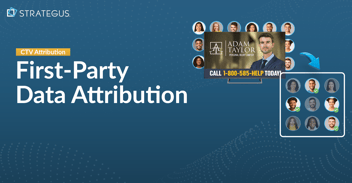
First-Party Attribution: Match Ads to Sales With CRM Data
The value of first-party data continues to grow.
7 minutes read

